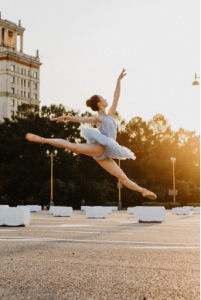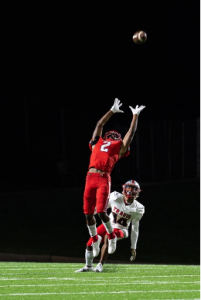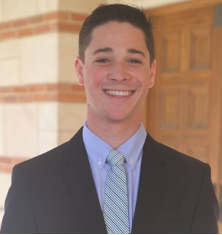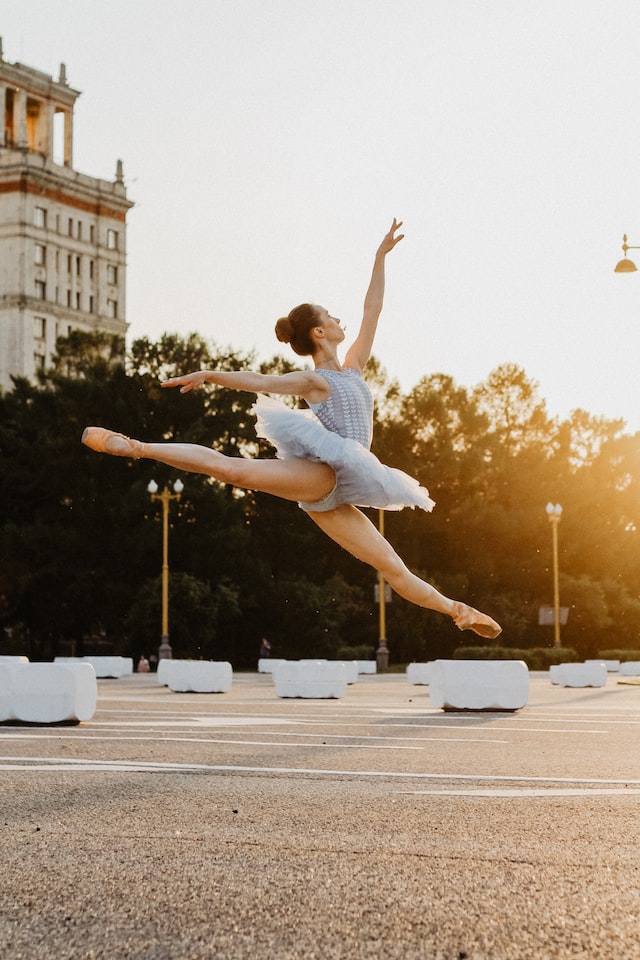For sports fans, photographs taken during competition can become iconic. Muhammad Ali standing over Joe Frazier, the United States Hockey Team celebrating the “Miracle On Ice,” and Tiger Woods at the Masters are a few examples. Sports photos are highly marketable, but who owns and has the rights to use these photos?
Sports photos are often memorable because of the specific pose or poses that the photo captures. Photos can even inspire billion-dollar logos. This post will illustrate two copyright cases involving photos of famous poses in sports, and show why the scope of employment, early copyright registration, and effective contracts are essential to establishing to photographers’ rights.
Copyright Basics
Copyright allows authors and artists to protect the use of their works. A valid copyright has three criteria: originality, fixation, and minimal creativity. Originality requires an independent selection and arrangement by the author. In other words, the author did not directly copy from another work. Fixation requires a copyright to be in a tangible medium of expression, including text, photos, and pieces of art. However, a tangible medium of expression does not include impermanent works such as improvisational jazz music. Lastly, minimal creativity requires the author to include their own spin or imprint on the work. Even if an author recites facts, the way in which the facts are explained has copyright protection. Minimal creativity is a low standard to meet.
For a sports photographer, almost every photo taken during live competition meets the requirements for copyright protection. This is because live in-game photos are not copied, fixed in photo form, and require some creativity by the author considering the timing of the picture, camera angle, and athlete’s pose.
One major benefit to copyright protection is that it automatically exists as soon as the work is fixed, assuming originality and minimal creativity. Copyright registration with the U.S. Copyright Office is not required to have a valid copyright, but is necessary to bring a claim of copyright infringement. If a copyright is registered within five years of first publication, it is presumed valid.

Photo by Markus Winkler, licensed under Unsplash.
Air Jordan
To illustrate, the case Rentmeester v. Nike, Inc. tells the story of the famous Nike Jumpman logo. Noted sports photographer Jacobus Rentmeester arranged and snapped a photo of then-University of North Carolina student athlete Michael Jordan in a specific pose. In Rentmeester’s photo, Jordan attempted to dunk a basketball with his arm outstretched and legs in the air, resembling a grand jeté ballet maneuver. After the photo appeared in Life magazine, Nike contacted Rentmeester to borrow color transparencies. Nike obtained a limited license to use the photo in slide presentations only. So, Nike hired its own photographer to take a photo of Jordan in Rentmeester’s pose. This photo, clearly inspired by Rentmeester, was used by Nike for advertising purposes and served as the foundation for the iconic Nike Jumpman logo.
Rentmeester sued Nike for copyright infringement, alleging that Nike’s new photo and Jumpman logo infringed on his original photo. The court held that Rentmeester’s photo and Nike’s photo were not substantially similar as a matter of law. Undeniably, Nike based its photo and Jumpman logo off of Rentmeester’s creative work, but Rentmeester did not have a successful claim for copyright infringement. Even though Rentmeester owned a copyright in his original photo of Jordan, the court held that Reentmester’s photo was not substantially similar to Nike’s photo.
The court concluded that no hard-and-fast rule for substantial similarity exists, but subject matter, background and foreground elements, setting, camera angle, and positioning of the two photos affected the substantial similarity analysis. The Rentmeester photo and Nike’s photo both embodied similar concepts and were taken from similar angles. However, the differences between the photos, including the positioning of Jordan and the basketball hoops as well as depth perception, led the court to find no substantial similarity. The grand jeté pose on its own does not have copyright protection. It is important to note that one of the judges dissented, concluding that the two photos were in fact substantially similar. Reasonable minds may differ considering that there is no objective test for substantial similarity.

Grand jeté ballet pose that inspired Rentmeester’s photo by Daria Rom, licensed under Unsplash.
Strike a Heisman Pose
Another sports photography copyright case, Masck v. Sports Illustrated, ended more favorably for the photographer. Brian Masck, a freelance photographer, snapped the iconic photo of former University of Michigan football player Desmond Howard mimicking the Heisman trophy pose during a game against Ohio State in 1991. The photo, taken live from the sidelines, was original, creative, and fixed, establishing Masck’s copyright in the photo.
Masck licensed the photo to Sports Illustrated for publication, but ultimately filed a lawsuit for copyright infringement against several defendants including Sports Illustrated. Masck alleged that Sports Illustrated profited off his photo of Howard without permission by using the photo in magazine advertisements that Masck did not authorize. Masck also alleged that Howard himself used the photo on his personal website and planned to sell t-shirts incorporating the photo. Prior to trial, Masck and Howard reached a settlement, in which Masck transferred his copyright in the photo to Howard for an undisclosed amount.

Photo by Ryan Reinoso, licensed under Unsplash.
Who Prevails?
In both Rentmeester and Masck, the photographers owned the copyright in their photos. Both Rentmeester and Masck took their photos working as freelance photographers, not acting in the scope of their employment for a third-party. This is important because copyright law awards copyright ownership to a business or entity if an employee takes a photo while acting within the scope of their employment. These situations are considered a special category of copyrighted work called “work made for hire,” where the employer, not the creator, owns the copyright. For example, if Masck took the photo of Howard while acting as an employee of Sports Illustrated, then Sports Illustrated would own the rights to the photo. However, this was not the case in Masck or in Rentmeester.
Despite established copyright ownership, Masck did not obtain full relief for his claims. One of the main reasons why was Masck’s delay in bringing a lawsuit. A delay in registration prevents the recovery of statutory damages, or damages per infringing act. Statutory damages are only available if the author registers the work before suing for copyright infringement unless the lawsuit is filed within three months of the first publication of the work. Masck took his photo of Howard in 1991 and did not register his copyright or file his lawsuit until 2011 and 2012, respectively. As for Rentmeester, he took his photo of Jordan in 1984 and did not file his lawsuit against Nike until 2015. Since Rentmeester lost his lawsuit, the delay in registration did not affect his recovery, but he might have fared better if he registered and sued earlier.
Lessons Learned
Both Rentmeester and Masck demonstrate the importance of photographers avoiding the “work made for hire” copyright “trap.” Photographers should ensure that they are not taking photos while acting within the scope of their employment if they want to own the copyright in their photos. Also, photographers should be sure to register their photos with the U.S. Copyright Office as soon as possible. Detailed licensing agreements that spell out the rights that the licensee has and does not have are always a good idea. Even if these cases seem harsh to the original copyright owners, freelance sports photographers should not be discouraged. Following the steps above will provide the best protection possible for their copyright.

Landon Wilneff
Associate Blogger
Loyola University Chicago School of Law, J.D. 2024
